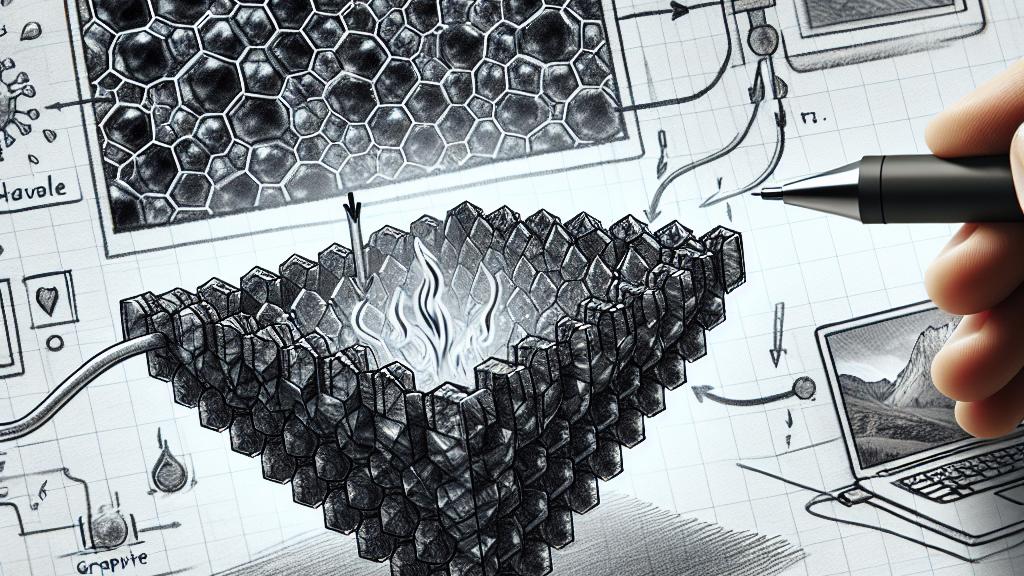Controlling Heat Flow in Graphite Crystals with Tesla-Inspired Techniques
Overview
- Breakthrough research from Tokyo reveals a novel method to manage heat flow in electronic devices.
- Tesla valve principles innovatively applied to phonons in graphite could redefine thermal management.
- This exciting advancement promises enhanced cooling systems for smartphones, computers, and more.

A Remarkable Discovery from Tokyo
At the forefront of thermal management innovation, researchers from the University of Tokyo have recently unveiled a groundbreaking method for controlling heat flow in graphite crystals. This unique approach draws inspiration from the Tesla valve—a century-old fluid dynamics invention—and applies it to phonic conduction in solids. Imagine a laptop that no longer struggles with excess heat during resource-intensive tasks like gaming or video editing; this method holds the potential to ensure efficient heat dissipation, thus enhancing overall system performance. Addressing such critical issues can not only benefit individual devices but also transform entire electronic ecosystems, making them more reliable and effective.
Unraveling the Secrets of Phonon Behavior
Central to this revolutionary study is the intriguing concept of hydrodynamic phonon transport. But what exactly does that imply? Think of phonons as energetic waves produced by vibrating atoms, traveling through materials with unique properties. The innovative structures inspired by Tesla's valve enable phonons to direct heat flow intelligently, just like one-way traffic lanes facilitate smoother journeys in busy cities. For instance, in graphite, this mechanism allows heat to flow freely in one direction while resisting backflow, optimizing thermal efficiency. This captivating mechanism not only enhances heat management in specific materials like graphite but also opens doors to exploring similar phenomena in other compounds, raising exciting prospects for future technological advancements.
Future Applications and Transformative Potential
The implications of this research extend far beyond theoretical discussions, ushering in potential real-world applications that could fundamentally change our everyday technology. Imagine advanced thermal management systems keeping smartphones cool during long gaming sessions or preventing overheating in crucial computer components. While current applications focus primarily on lower temperatures, researchers are optimistic about expanding this revolutionary technology into higher temperature ranges. This could lead to next-generation devices that not only perform better but also last longer under various conditions. As this research progresses, we are on the cusp of witnessing a significant shift in electronic cooling strategies, promising benefits for both consumers seeking reliable performance and manufacturers aiming for higher efficiency.

Loading...